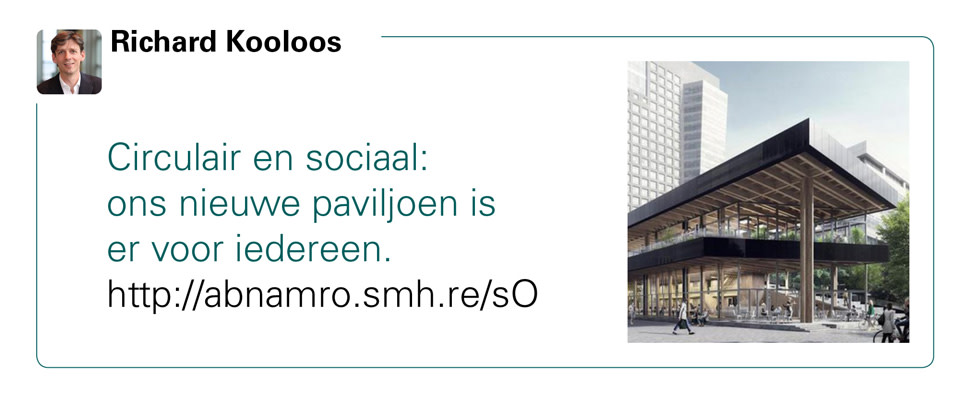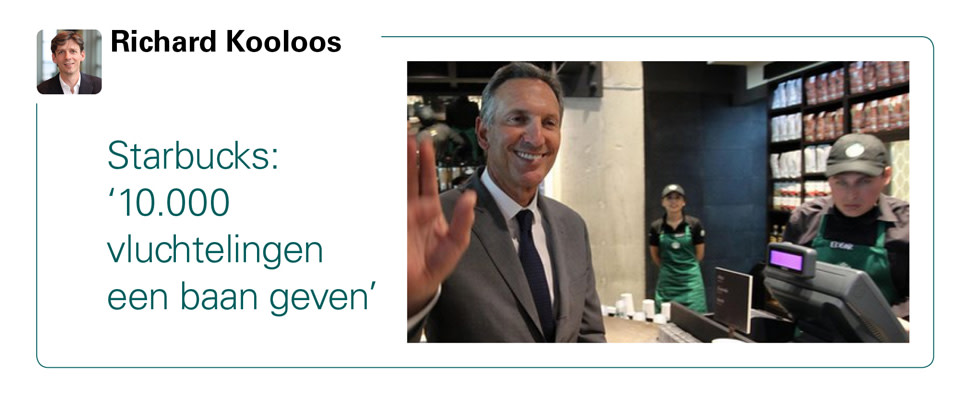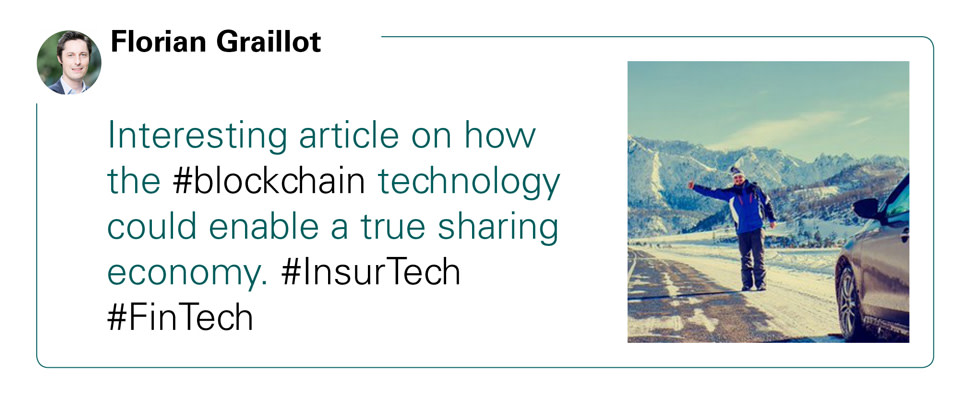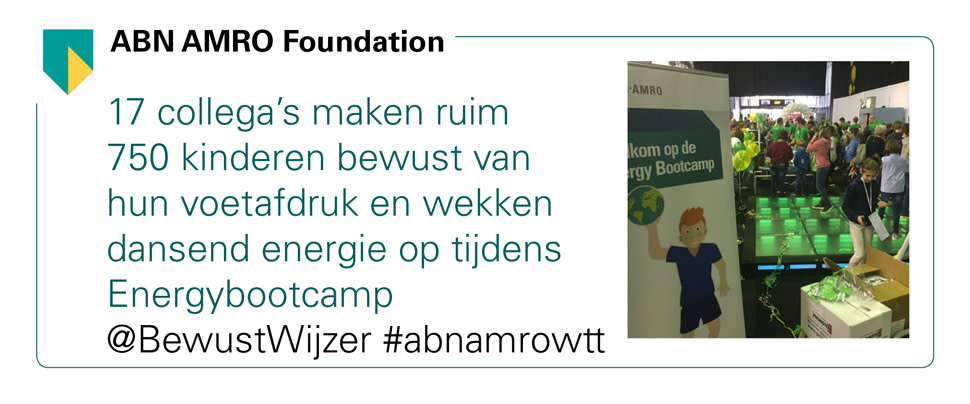Richard (re)tweets: “Changing course at a quarter past midnight, now that takes real guts”


Head of Sustainable Banking Richard Kooloos ranks his favourite tweets and retweets once every three months. This quarter’s picks: the opportunities offered by Blockchain, companies helping refugees and our new ‘circular’ pavilion.
Richard Kooloos, Head of Sustainable Banking at ABN AMRO and registered tweeter, hit the tweet button more than 3,400 times in just over 2,200 days. He shares what he thinks, does and sees in the world of sustainability. This is his selection of tweets from the past quarter.
“Unilever faced down a hostile takeover bid that would have pretty much scuppered the company’s sustainability aspirations. As it turns out, a long-term responsible strategy may well be in jeopardy when facing a group of shareholders baying for short-term returns.”
“Shareholders may of course have very good reasons to call management to account. In this case, I’m finding it hard to decide whether this was truly what was going on or whether Unilever was facing ‘barbarians at the gate’. What matters is that these kinds of tensions will always be part and parcel of running a company. Whereas one group of shareholders may be happy to see sustainable policies aimed at creating value in the long term, another group may well seek to lock in higher short-term gains.”
“We’re all set for the soft launch of our new pavilion at the Gustav Mahlerplein in Amsterdam’s Zuidas business district. Its official opening is scheduled for September. I’m inordinately proud of this building, which started life as a very boring and functional project. The bank needed more meeting space and the city council wanted something done with the square. It wasn’t until the concrete foundation had been poured and construction was under way that we changed course. Not at five to twelve, then, but at a quarter past. Now that takes real guts and leadership.
“This reversal came about when colleagues wondered aloud at a meeting about how far sustainability had played a part in the design of the building. The answer didn’t really satisfy anyone, including the design and construction teams. And so they decided to jump in at the deep end and completely change course, binning the old design and creating a ‘circular’ building.
“Changing the project at this late hour of course means that its costs have turned out higher. Paying our dues, as far as I’m concerned. Everyone – we at ABN AMRO and our external partners alike – is incredibly proud of what we’ve pulled off. And we’ve learned an awful lot about circular building in the process. Our new pavilion radiates openness and transparency and tells the story of our bank being part of society – values everyone wants to reflect. We’ll soon be looking at a great meeting place for the circular economy.”
“Many refugees who end up in this country would like to contribute to our society. Often, we have no idea how hard it is for a newcomer to start a new life in an entirely new environment. Starbucks is helping them to find their way. In fact, I see a duty here for all companies to give these people a leg-up.
“ABN AMRO is doing its bit. We’ve joined forces with several foundations and societies to help get these newcomers up and running quickly. There’s a lot of red tape when they try to integrate and find work, making it harder to achieve the right qualifications to start their lives here. These refugees aren’t a problem, they’re just people keen to contribute to our society. It’s good to give them a helping hand.”
“Innovation and sustainability are two sides of the same coin. Blockchain is basically no more than technology – one that can be used to make small and big transactions cheaper and simpler. And also one that could drive tremendous growth of the collaborative economy and so feed our society’s sustainability.”
“Take that power drill you have sitting in your tool shed, for instance. You’ll use it only 22 minutes of its entire useful life, and the other 20 years it’ll do absolutely nothing. Isn’t it crazy that most people have one of these things?”
“Many people today feel it’s a lot of hassle to share equipment though. How do you get it back from your neighbour when you need it and what happens if it breaks down when on loan? Blockchain can help.”
“Let’s assume that we use this technology to register all our equipment, from cars to power drills – it would allow us to see who has these things on loan at all times. A register could be linked up to a payments system, making it easy to pay just for use. The need to own a great many things would rapidly evaporate.”
“As soon as a service such as this becomes a no-brainer, these types of development can quickly be taken up by large numbers of people. And that shouldn’t take decades to become a reality.”
“On the Wednesday of the Rotterdam World Tennis Tournament (WTT), ABN AMRO organised Kids Day, offering hundreds of children tennis lessons, coaching and the chance to watch some great tennis.”
“Our energy boot camp aimed to make children aware of their energy consumption and what they themselves can do to reduce their footprint. They were invited to pedal an exercise bike to power a computer game, for instance, and saw the screen go black when they stopped cycling. And the energy dance floor would take pictures of the children once they’d charged up the battery with their dancing. Smile!”
“Innovations sometimes have trouble getting off the ground. But once they’re embraced, things can move very rapidly indeed. The electric car, for instance, gained awareness because of Elon Musk and his Tesla. But Tesla is no longer the only one. Volkswagen, BMW, GM and Toyota are feeling the heat to get down to it. And it’s these manufacturers that are fuelling the tremendous growth in electric driving, as the chart neatly shows. But credit where it’s due: without Elon Musk, we wouldn’t have got where we are today.”





